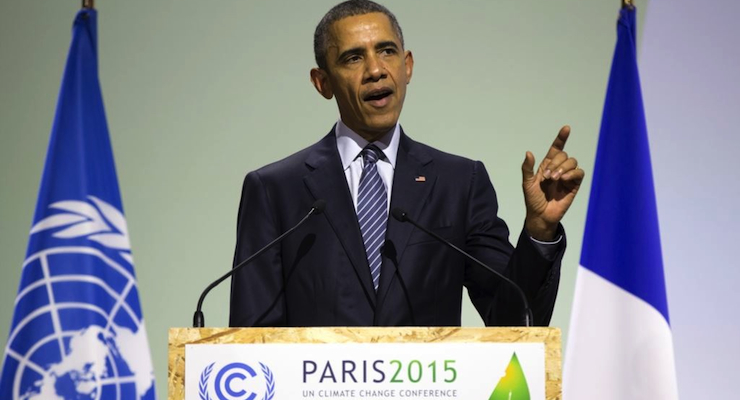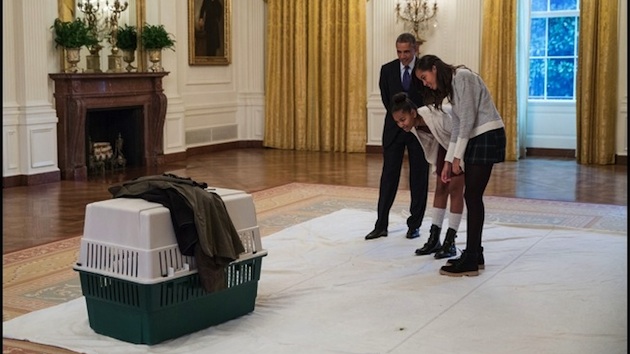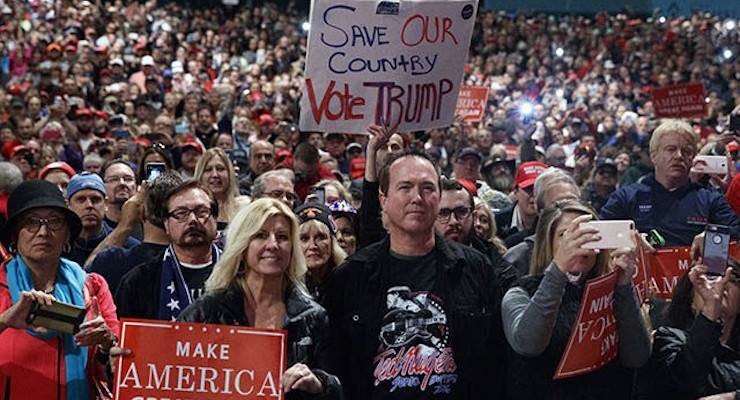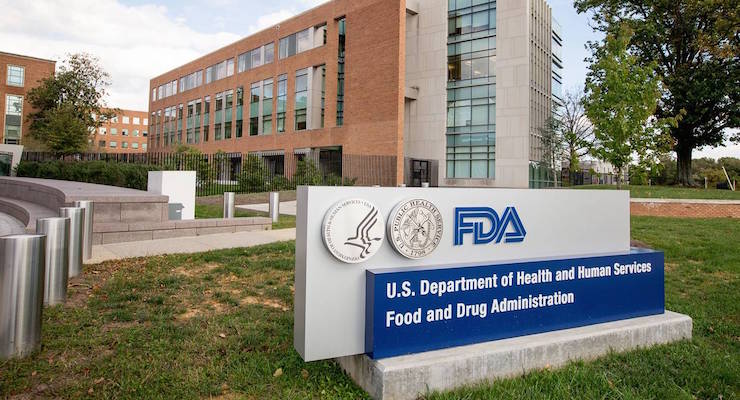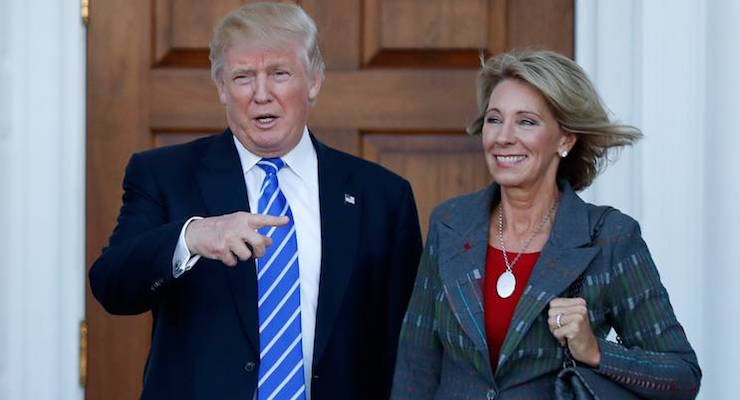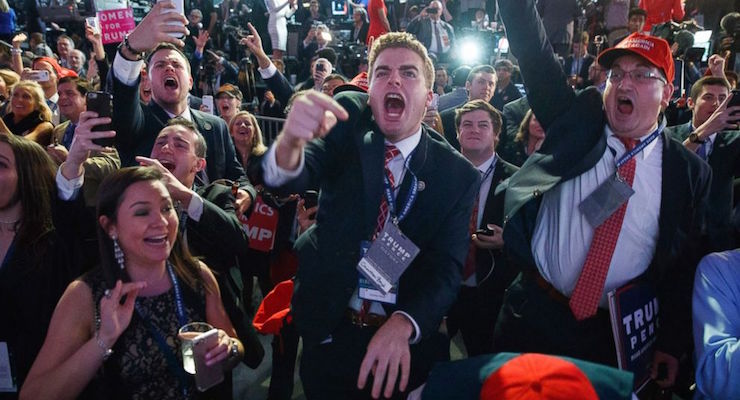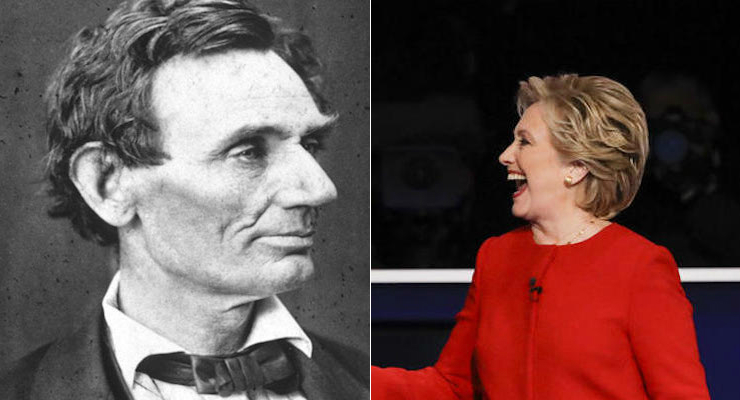
Democratic presidential candidate Hillary Clinton, left, and Abraham Lincoln, left, the 16th president of the United States.
In 1863, President Abraham Lincoln proclaimed a national day of “Thanksgiving and Praise to our beneficent Father who dwelleth in the Heavens.” With that proclamation, the United States of America became the first nation to establish a holiday based upon gratitude.
Americans were thankful for their faith, good fortune, as well as the political and economic systems that nurtured their way of life. Now, for one day each year since they experienced untold hardship during the Civil War, Americans take the day to reflect on the things in each of our own lives we are thankful for.
On a few occasions, the nation collectively reflects on what we have to be thankful for as a result of living in this great nation. After emerging the winner of the bitter election season, President-elect Donald J. Trump in a Thanksgiving message Wednesday called for national unity under the shared goal to Make America Great Again for all people.
At least for now, it seems like a tall order. But he was right to call the U.S. our shared home and even though not everyone is thrilled with the outcome of the election, they should be. A self-made political newcomer, a non-politician who in many ways embodies capitalism, defeated a crowded field of popular and equally qualified rivals in a high-participation contest. He then went on to defeat the most powerful political machine in the country.
Only in America, folks.
Leftwing collectivists may lament it, but merit-based individualism is still very much at the center of the American national identity. If the snowflakes on U.S. campuses spent more time learning about history and less time hiding in safe spaces, they’d know this is a good thing.
[brid video=”80323″ player=”2077″ title=”A Thanksgiving Message from PresidentElect Donald J. Trump”]
The pilgrims didn’t have the luxury of debating the moral relativism of collectivism. They learned a very painful lesson the hard way and the “First Thanksgiving” nearly never happened. Before they had a chance to be thankful for anything, the Pilgrims almost starved to death.
Snowflakes might have learned about Squanto, the Patuxet Native American of the Wampanoag tribe who taught the Pilgrims how to catch eel, fish and grow corn. Unfortunately, most have never heard the rest of the story.
Pilgrims operated under a communal system when they first settled Plymouth. The initial charter dictated that they share in common property and farms and, as a result, each family was to receive an equal share of food, despite how much work they put in. It was little more than a colonial era wealth redistribution scheme that went against their Protestant values.
The result was widespread starvation and theft.
“Much was stolen both by night and day,” Gov. William Bradford wrote. But he quickly noticed the less-agreeable aspects to human nature — notably, the innate human desire to free-ride if and when allowed — and he changed course. Adopting a free market capitalism mentality, which was strengthened by the Protestant ethic, Gov. Bradford noticed that the Pilgrims now “went willingly into the field.”
“They began now to gather in the small harvest they had, and to fit up their houses and dwellings against winter, being all well recovered in health and strength and had all things in good plenty,” Gov. Bradford wrote.
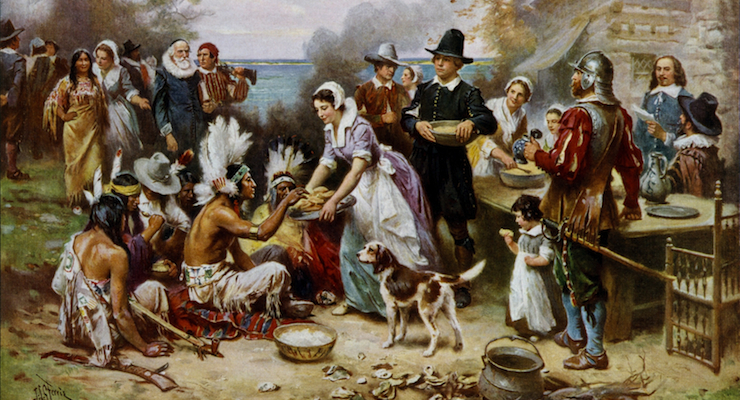
The First Thanksgiving 1621, oil on canvas by Jean Leon Gerome Ferris (1899).
Due to property incentives, self-interests and the tenets of their faith, including their unique work ethic, the soon-to-be-founders of Plymouth Rock and the Massachusetts Bay Colony prospered. But without capitalism there would’ve been no true right to property, thus little to no incentive to produce.
This shared lesson evolved into what we know as the American mainstream Protestant ethic, which the nation adopted as something unique to us and widely recognized as a large contributor to our economic success. But American politics in the 21st century saw a challenge to that very identity unlike anything we have seen before, an attempt to “fundamentally transform” the U.S. into something we are not.
With the changing demographics in the country many believed collectivism would prevail. Unfortunately, there are many in American society that have forgotten their history and its lessons. They have distorted and diminished the true sprit of capitalism, redefining it in terms of greed and selfishness that needs to be punished by an ever-expanding federal government.
But this modern characterization of capitalism would be unrecognizable to those who attended the original 1621 harvest meal, much like modern Thanksgiving celebrations would be. They believed capitalism, though not called by that name at the time, was a means to a much different end.
Max Weber, the German sociologist and political economist, wrote of the origins, history, and the true spirit of capitalism long before I ever did. In my 2013 book Our Virtuous Republic, I attempted to remind Americans of who we are and where we came from, explaining how two political philosophies were both guilty of abandoning the values that made us who we are.
“The impulse to acquisition, pursuit of gain, of money, of the greatest possible amount of money, has in itself nothing to do with capitalism,” Mr. Weber wrote in The Protestant Ethic and the Spirit of Capitalism. “It should be taught in the kindergarten of cultural history that this naive idea of capitalism must be given up once and for all. Unlimited greed for gain is not in the least identical with capitalism, and is still less its spirit.”
Only a free market, where people are free to make choices and, ultimately to live as they wish, can become a true cradle of liberty and incubator for individual growth and success. Our Founding Fathers learned the lessons of history and established a political and economic system for a new nation that would nurture the more-agreeable characteristics of human nature.
The election of Donald J. Trump–particularly after President Barack Obama moved the country backward toward redistribution–unquestionably demonstrates the American people were not yet willing to abandon that system.
On Thanksgiving 2016, just a few short weeks after the presidential election, I thank God and country that the spirit of capitalism is alive and well in America.
[mybooktable book=”our-virtuous-republic-forgotten-clause-american-social-contract” display=”summary” buybutton_shadowbox=”true”]



